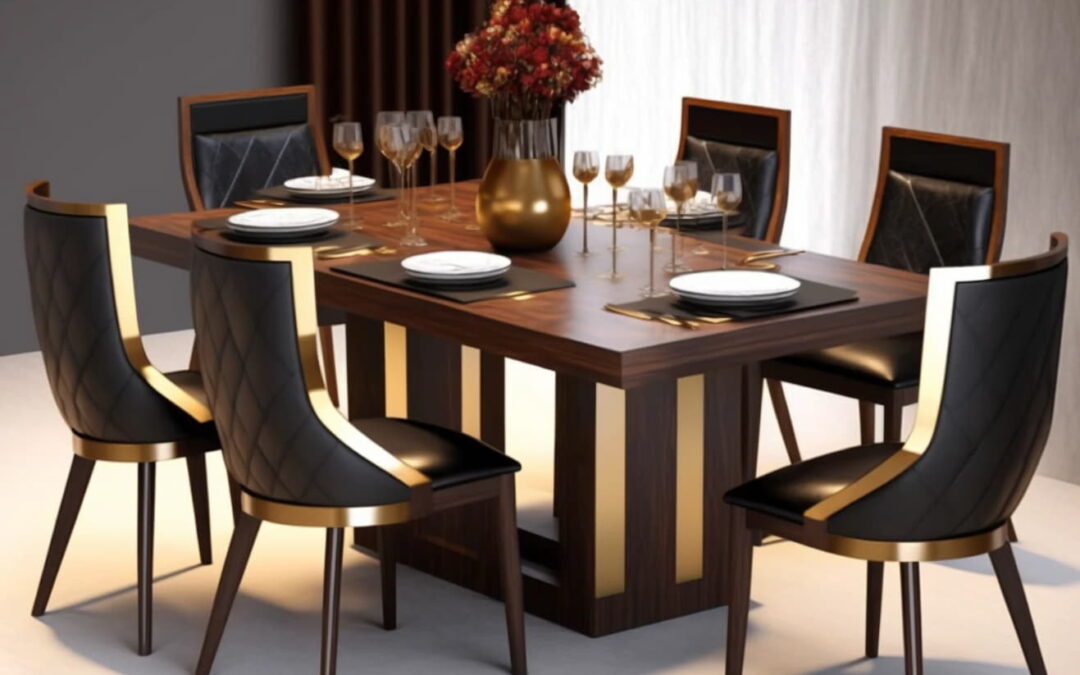Dining room tables are the heart of family gatherings, a place where memories are shared and bonds are strengthened. When it comes to choosing the perfect dining room table, one must consider not only aesthetics but also the material from which it is crafted. Let’s delve into the pros and cons of different materials to help you make an informed decision for your dining space.
Solid Timber Dining Tables: Timeless Elegance
Solid timber dining tables exude a timeless elegance that can transform any dining room into a sophisticated space. The natural grain patterns and rich textures of solid wood add warmth and character, creating a welcoming atmosphere. One significant advantage is the durability of solid timber, ensuring your table stands the test of time.
Glass Dining Tables: Sleek and Modern
For those seeking a contemporary aesthetic, glass dining tables are a popular choice. The transparency of glass creates a sense of openness, making the room appear larger. These tables are easy to clean and maintain, making them a practical option for busy households. On the flip side, glass tables can be prone to scratches and may require extra caution to avoid breakage. Additionally, fingerprints and smudges may be more visible on the smooth surface.
Metal Dining Tables: Industrial Chic
Metal dining tables bring an industrial chic vibe to any dining space. Crafted from materials such as stainless steel or aluminium, these tables are often chosen for their durability and modern aesthetic. They are resistant to stains and can withstand heavy use, making them an excellent choice for families with young children. However, the cold and hard nature of metal may not appeal to those seeking a warmer and cozier ambience.
Plastic Laminate Tables: Budget-Friendly and Versatile
For those on a budget, plastic laminate tables offer a cost-effective and versatile option. These tables come in various colours and patterns, allowing you to express your style without breaking the bank. They are resistant to stains and easy to clean, making them a practical choice for families. On the downside, plastic laminate may not possess the same level of durability as solid wood or metal, and it can be more prone to scratches and chipping.
Conclusion
In conclusion, the choice of materials for dining room tables depends on your personal style, lifestyle, and budget. Whether you opt for the timeless elegance of solid timber dining tables, the sleek modernity of glass, the industrial chic of metal, or the budget-friendly versatility of plastic laminate, each material has its own set of pros and cons.

